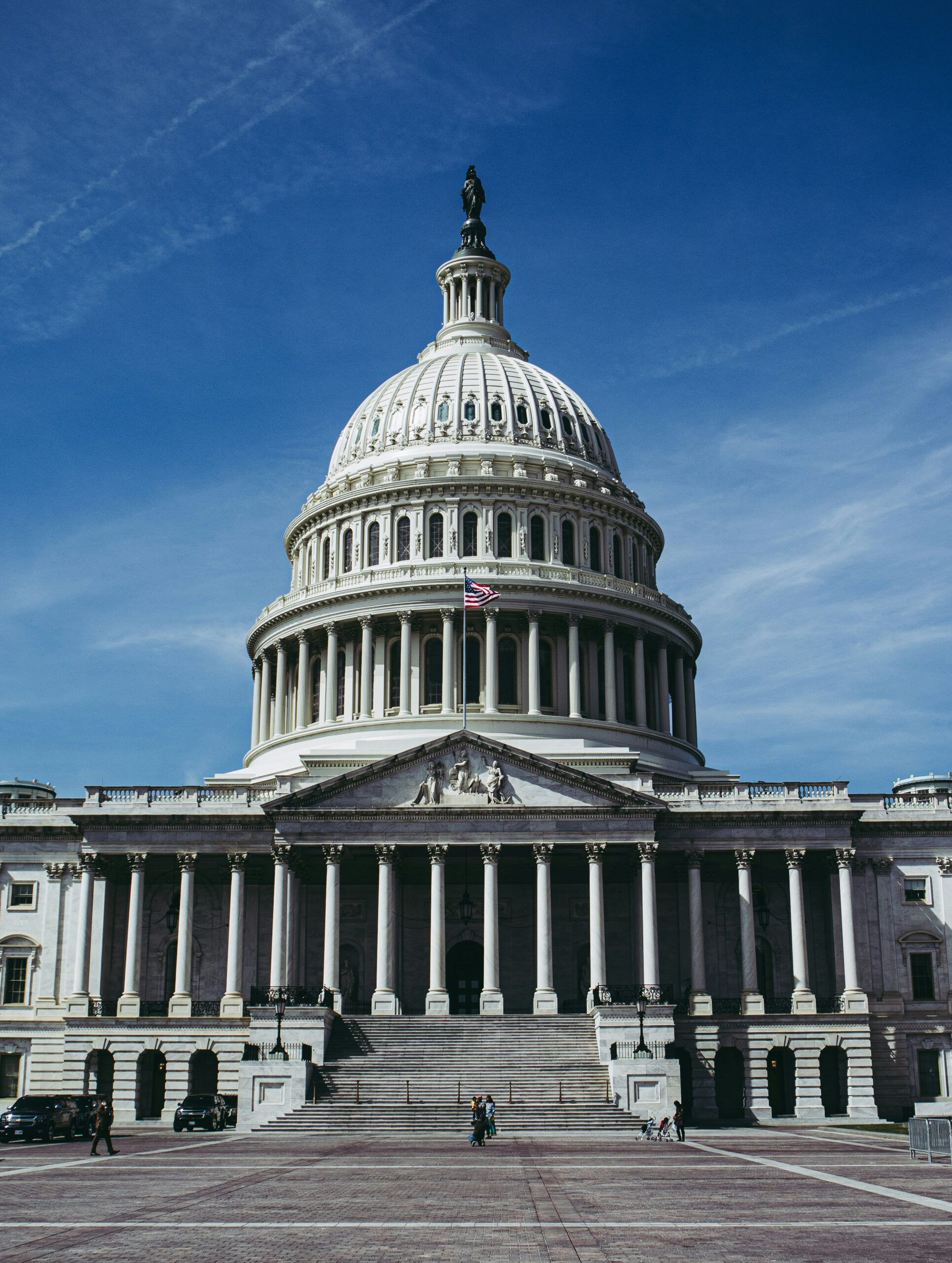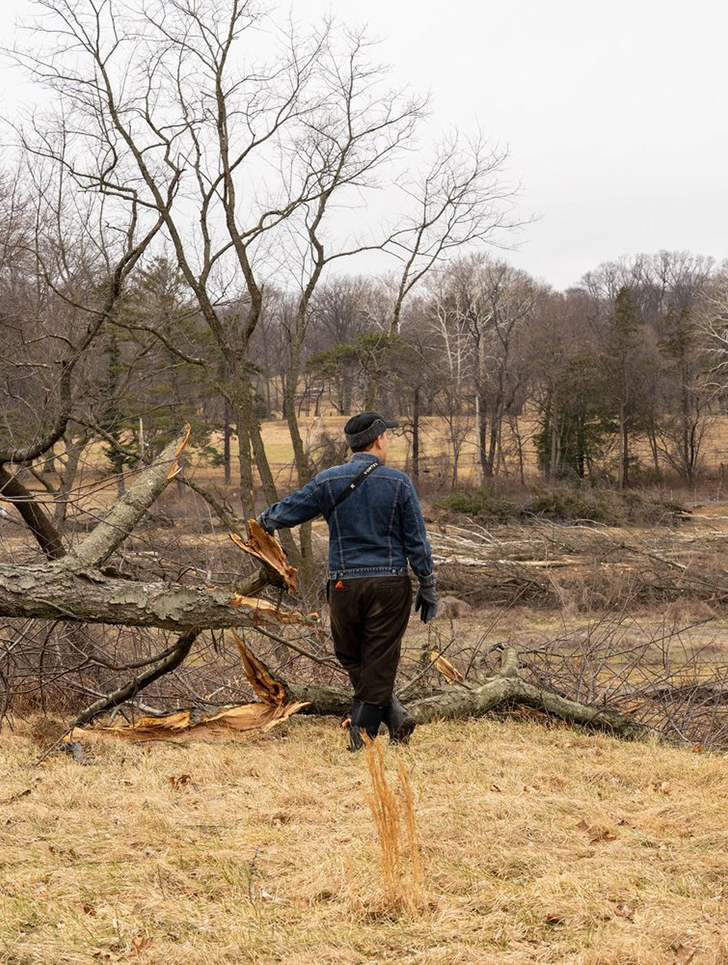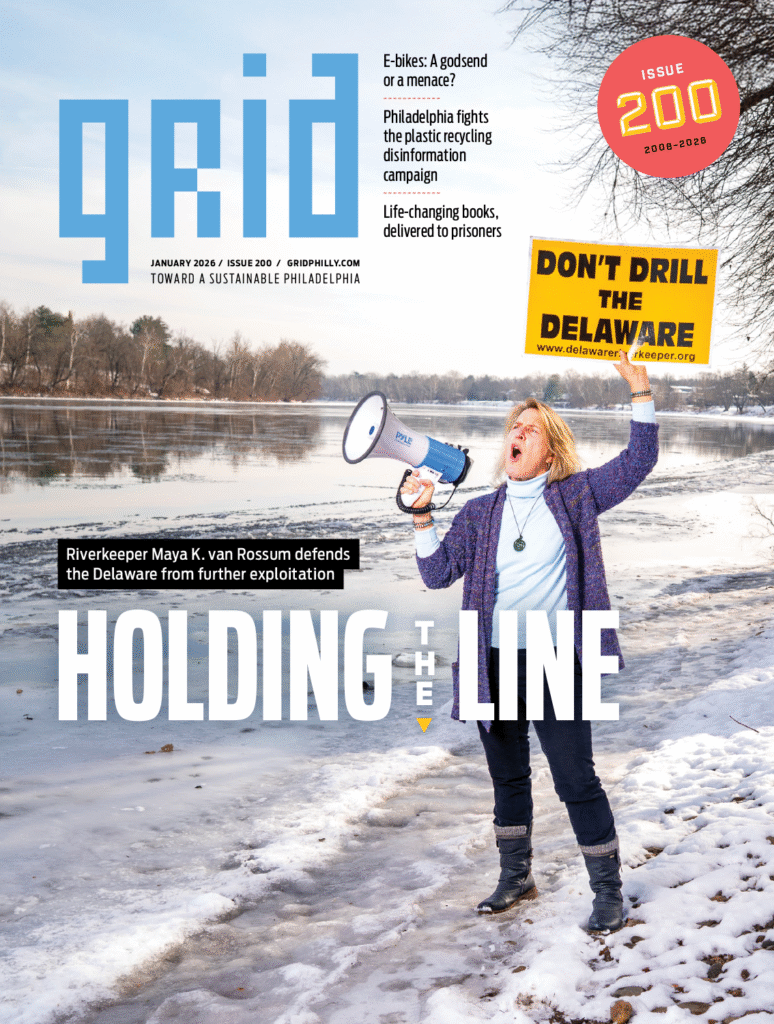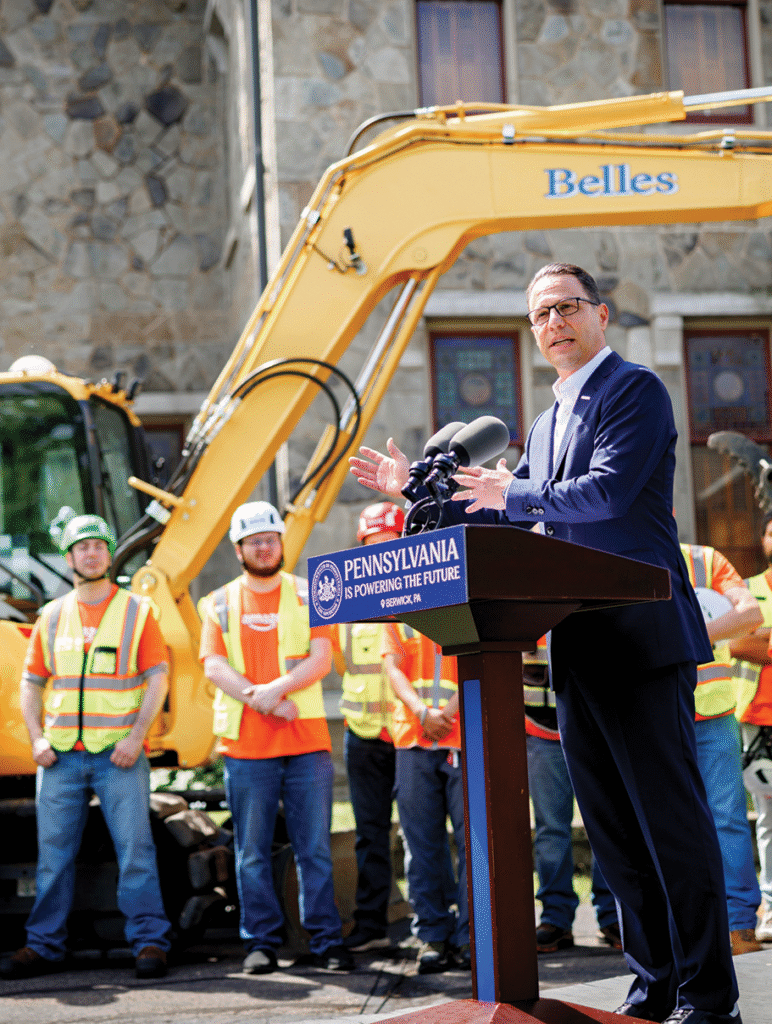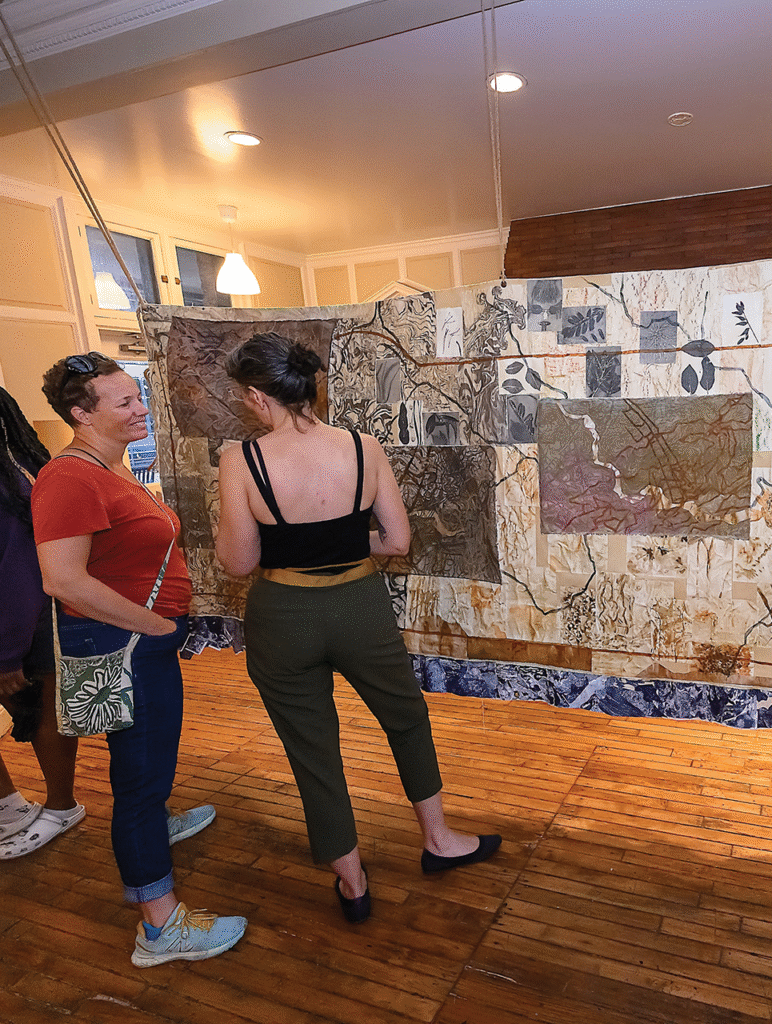A new climate resiliency plan is in development for Philadelphia, with a new focus: community vulnerability. The work is being funded by $600,000 the Office of Sustainability (OOS) received in March from the William Penn Foundation.
The City’s resiliency plan outlines climate change’s impacts on Philadelphia and how the City will meet the challenges they pose. The City aims to reevaluate regional climate projections every five to 10 years, identify vulnerabilities based on the data and, according Abby Sullivan, OOS’s chief resilience officer, devise solutions. A plan was last released in 2015.
The 2015 plan had a “public health” section that touched on heat-related health risks, but discussion of flooding focused on threats to City-owned property rather than to Philadelphians generally. And the plan was developed without community involvement.
That will be different this time around.
The Philadelphia City Fund — a fiscal partner that accepts philanthropic dollars since the City cannot — solicited “climate resilience planning and engagement services” via a request for proposals in April, stating that previous plans were “focused on municipal vulnerabilities without addressing community-level impacts and were completed without public engagement.” An updated resiliency plan “is overdue,” the RFP continued, “and will include input from stakeholders across the city, with a focus on the frontline communities often most impacted by climate change.”
In December OOS brought Jordan Parés-Kane on board as a climate resilience planner and engagement specialist to lead the two-year process of soliciting Philadelphians’ input. OOS released a public survey in eight languages in June to gauge residents’ understanding of and concern about the changing climate. In-person events, likely beginning in the fall, will allow attendees to center the conversation around their most pressing climate-related questions and concerns.
“We’re imagining things like listening sessions, workshops, volunteer days,” Parés-Kane says. “We want to gather information from residents about what they know about the climate impacts in their communities and what their communities really need.” OOS will then double down on engagement with those communities identified by initial outreach and other assessments as most vulnerable.
Alongside the survey and events, OOS will partner with community-based organizations (CBOs) to get up close and personal with Philadelphia’s neighborhoods. CBOs know their communities best, and OOS can bring their work directly into municipal planning.
“We don’t want to start from scratch,” Sullivan says. “There’s a lot of fantastic resilience work happening with different community groups.”
Some CBOs will receive $10,000 each from the William Penn Foundation grant, according to Parés-Kane. When a community-led steering committee is formed (members will be chosen by Mayor Cherelle Parker’s administration based on recommendations from OOS, Sullivan said in an email), participants will be compensated for their time there, too.
The Hinge Collective consulting firm has been contracted to assess the existing resiliency landscape, manage climate resilience ambassadors who will help conduct outreach, and assemble the final report.
Of the resiliency plan in progress, Sullivan says, “It’s not just about municipal vulnerability and actions that we can take on the City side. We’re making it a city-wide plan and including communities.”




